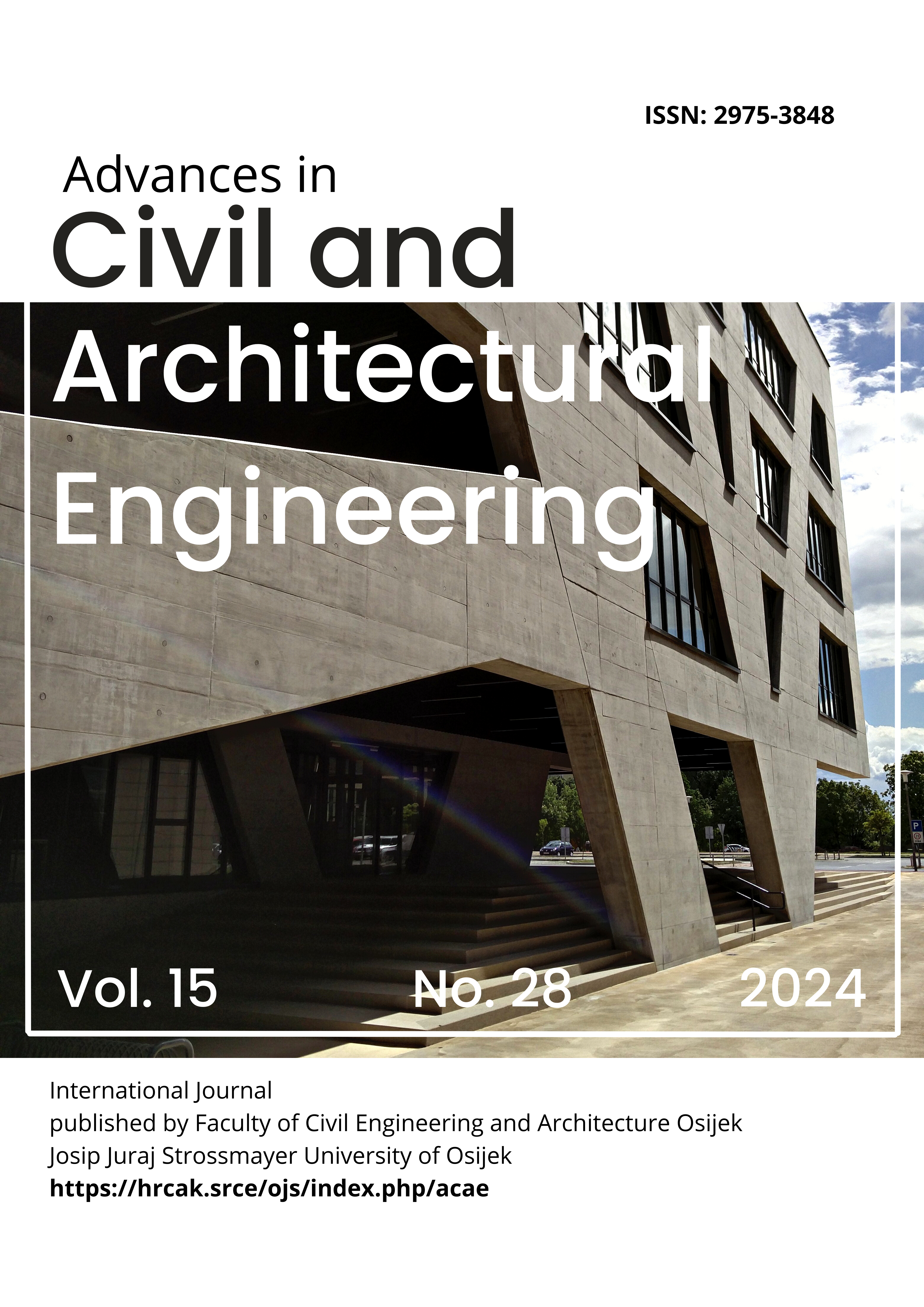Effect of single vanes on turbulent flow
DOI:
https://doi.org/10.13167/2024.28.6Keywords:
eco-friendly structures, flow characteristics, large eddy simulation, permeability, vanesAbstract
In response to growing environmental and ecological awareness, eco-friendly in-stream structures such as vanes have been implemented in different parts of the world to enhance stream conditions. FLUENT (ANSYS) was used to perform three-dimensional large eddy simulation to investigate the effect of the vanes permeability rate on flow characteristics. To evaluate the numerical model accuracy, numerical and experimental free surface profiles compared. It is observed that simulated free surface profiles agree reasonably well with measured values. The effect of different permeability rates is obvious in the flow characteristics such as depth-averaged velocity distribution, tip velocity variations, formation of the secondary flows in the flow field, turbulent kinetic energy, and mean kinetic energy contours. On average, maximum velocity values in the flow field is 1,54 times the approach velocity. Tip velocity decreases up to 30,6 % for the 70,0 % permeable vane. Maximum turbulent kinetic energy and mean kinetic energy for the 70,0 % permeable vane decrease up to 58,0 % and 43,3 %, respectively. Generally significant velocity and flow pattern variations around the impermeable vane can be attributed to the local effect of the vane structure and channel cross sectional constriction in comparison to the permeable vanes.
Downloads
Published
How to Cite
Issue
Section
License
Copyright (c) 2024 Sara Ahmadi Adli; Akram Abbaspour, Ali Hosseinzadeh Dalir, Javad Parsa

This work is licensed under a Creative Commons Attribution 4.0 International License.

